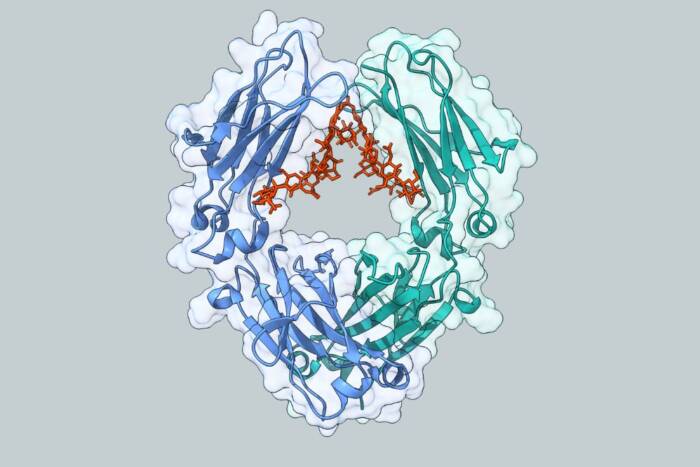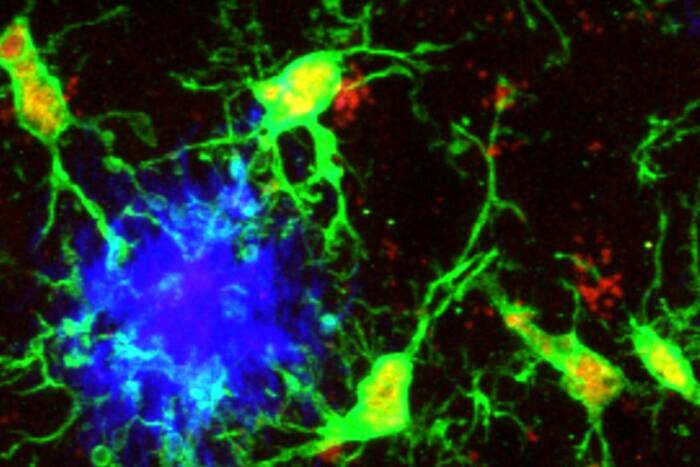Ion channels are key to estrogen's effect on neurons
Despite being one of the body’s best-studied hormones, there’s still a lot we don’t know about estrogens. Now, by studying how these sex hormones impact brain cells at the biophysical level, scientists at Rockefeller University say they exert their powerful effects on behavior in part by affecting the speed at which ion channels in the cell membrane of a neuron open and close.
Neurons in the brain communicate with each other using small molecules called neurotransmitters. How each neuron responds to the signals depends on a variety of factors, but experiments showed that when neurons in the hypothalamic ventromedial nucleus (VMN) of the brain, involved in the female sex drive, were exposed to estrogens, they became more responsive to neurotransmitters.
Donald Pfaff, head of Rockefeller’s Laboratory of Neurobiology and Behavior, was interested in why this occurred. In research in mice reported this fall in Brain Research, lead author and senior research associate Lee-Ming Kow found that the key was the sodium and potassium ion channels. They generate the electric currents that propagate the neurotransmitter signals along the cell’s membrane. By modulating the ion channels’ ability to let electrical signals in and out of the cell, estrogen caused the neurons to become highly excitable and that translated into increased sexual behavior in the mice.
“Kow found that within five minutes of applying estrogens to the VMN neurons that the inward currents were enhanced and the outward currents were attenuated,” says Pfaff. “This makes the neurons more excitable and more responsive to neurotransmitters.”
Looking closely at the sodium channels, which control the inward current, and the potassium channels, which control the outward current, they found that estrogens modulate the kinetics of each channel, affecting how easily they open and shut. While estrogens have been shown in other cells to affect sodium channels, this was the first study to show that they can affect them in neurons.
It has long been understood that the action of estrogens in the VMN facilitates sexually receptive “lordosis” behavior in female mice through its activation of specific genes involved in reproduction. But the new results suggest that�s just half the story. “By increasing the excitability of those neurons in addition to their actions on gene transcription, estrogens could have a two-pronged action that aids in the induction and maintenance of lordosis behavior,” says Pfaff.
Brain Research 1116(1): 1-11 (October 20, 2006)(opens in new window)


